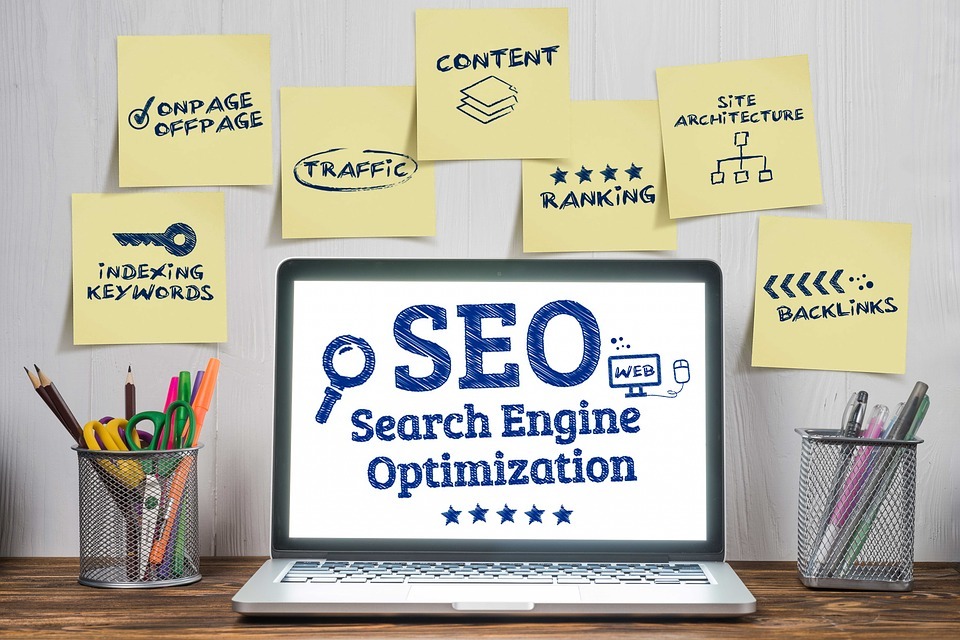
As a graphic designer or artist, you probably have heard a lot about SEO and are working towards optimizing your website and content to ensure that it ranks better in search engines. However, there is very little talk on image SEO.
But worry no more if you are struggling with ranking in image search results. This article will offer you all the secrets of image SEO you need to achieve the coveted top positions in Google, Bing, Yahoo image search results.
What are the benefits of optimizing images for SEO?
Image SEO optimization often includes choosing the right image format, using relevant keywords, and enhancing their responsiveness, among other things. No matter what you do, the aim is to ensure the image loads faster when visitors access your website, thus giving them a better user experience.
Additionally, well-optimized images will use less storage in your servers and help your website or social media profile rank well in the search results and attract more traffic.
Why graphic designers and artists should offer work for linkbacks?
Sharing images online is one the easiest ways for graphic designers and artists to showcase their original work. Whether free or not, high-quality images will create an opportunity for earning backlinks when other websites use them in their posts.
The main reason behind this is simple. Most internet users who find your online images resourceful will use them in their content and add a link to your image. When their site visitors are interested in your image, they will click on it, giving you increased exposure.
You’ll be surprised by how quickly your brand can gain traction, and you may find yourself getting more jobs soon! Investing in a paystub maker can help you track and document your increased income for tax purposes, personal loan applications, or record keeping.
Remember, even if graphic design is your passion, you still need to think like a businessman!
The Importance of Keywords in Image Search Results
One aspect of image SEO optimization is matching your image with relevant keywords. This is often achieved by changing the file names of your images before uploading them, which makes it easier for search engine crawlers to interpret them.
For example, your device automatically assigns an image captured on a phone or digital camera a generic name such as IMG_032.JPG. Uploading it in its original title may not make a lot of sense to search engines. However, changing the name and including the keyword you want to rank for will help you appear higher in search results when a user searches for those keywords.
Practical tips for optimizing images for SEO
1. Compress images to help reduce website load times
Compressing images is crucial for website optimization. This is primarily because using compressed images helps enhance your site’s speeds which is critical for your website SEO. As an artist or graphic designer, you want your images to look as appealing to your audience as possible, without compromising resolution.
Luckily, using tools like Photoshop, TinyPNG, Compress Jpeg, or Squoosh can help you compress your images without compromising quality. If you want to evaluate how images may be affecting your page speeds, you can run a test on Google’s free-to-use PageSpeed Insights tool.
2. Use responsive images
Having responsive images will ensure that visitors to your site will have the same user experience irrespective of the device they are using. If your images aren’t responsive, the images displayed on your page may not be as clean on a mobile device as they would on a computer.
This can negatively affect your brand’s perception of your audience, and consequently, your site SEO.
Most website hosting service providers enable image responsiveness upon upload, so you may not need to worry about it. However, if your provider doesn’t, you may need to add codes to your images manually.
3. Use Alt tags for images.
Search engines can check the uniqueness of graphic images, but they cannot identify their thematic affiliation. So, if you want the search engine to be able to categorize the image by theme, you should compose text for the alt tag. This will help you increase traffic to your site. In order to check all alt tags on your site or a specific page, you can use Alt tag checker by Sitechecker.

